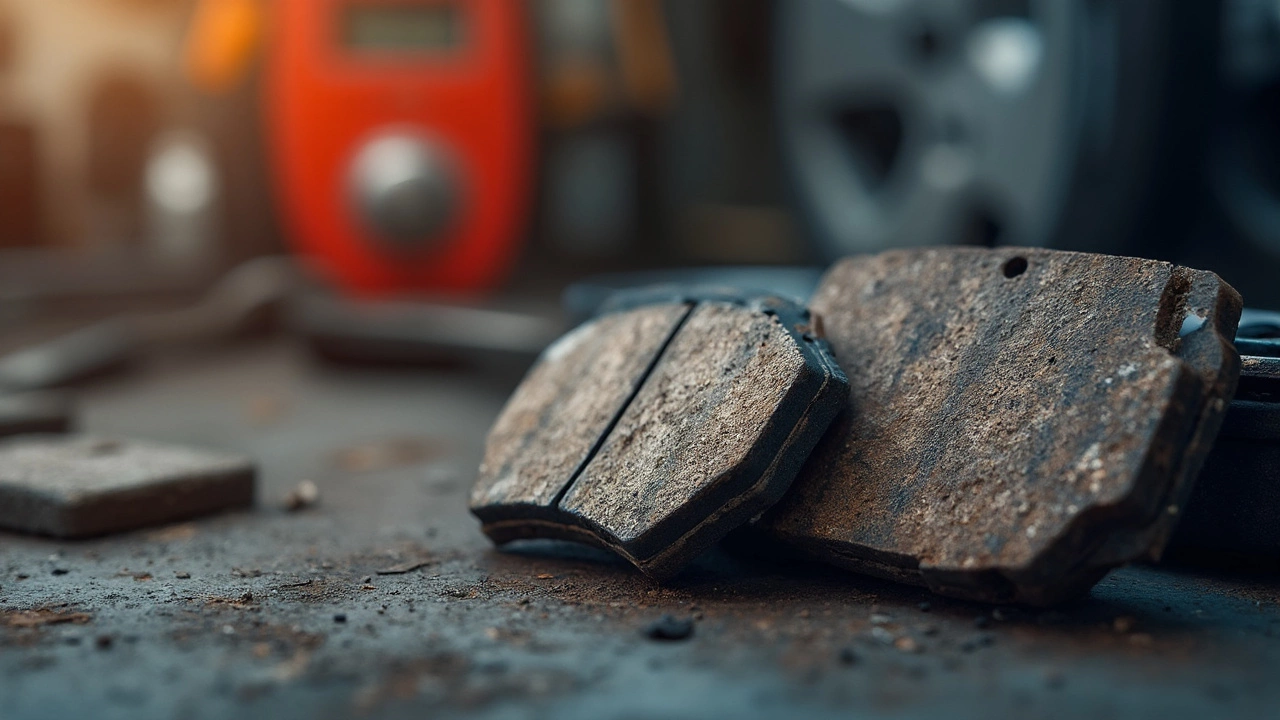Driving Safety: How Proper Maintenance Keeps You Protected
When thinking about Driving Safety, the practice of protecting yourself, passengers and other road users while operating a vehicle. Also known as road safety, it isn’t just about obeying traffic rules; it’s about keeping every mechanical part in check so the car behaves as expected. That means regular checks on the brake system, the set of discs, pads and hydraulic components that slow or stop the vehicle, keeping the tyre condition, the tread depth, pressure and overall health of the wheels that grip the road, and ensuring the engine’s lifeblood—oil and spark—stays clean. A worn brake pad can increase stopping distance by half, a low‑pressure tyre may cause blowouts, and dirty oil can turn the engine into a ticking time bomb. Each of these issues directly threatens driving safety, so spotting them early is the first line of defense. By treating the car like a living system—checking vital signs before they become emergencies—you create a safety net that protects you on every journey.
The brake system, comprised of pads, discs, calipers and fluid, is the most immediate safety feature. When pads wear down past the recommended thickness, you’ll hear a squeal and feel longer stopping distances. Replacing pads before they reach the metal wear indicator prevents brake fade and costly rotor damage. Next up, the engine oil, the lubricating fluid that reduces friction and carries heat away from moving parts. Skipping oil changes lets sludge build up, leading to bearing wear and, in worst cases, a seized engine—all scenarios that can leave you stranded in dangerous spots. Equally critical are spark plugs, small devices that ignite the air‑fuel mixture inside each cylinder. Bad plugs cause misfires, reduced power and higher emissions, which can make acceleration sluggish when you need it most, like merging onto a busy highway. Finally, keeping an eye on tyre condition, including tread depth, sidewall integrity and correct inflation ensures the car grips the road in rain or snow. Under‑inflated tyres increase fuel consumption and heat, while worn tread can’t channel water, leading to hydro‑hydroplaning. Each of these parts forms a chain; a weak link anywhere can compromise the whole safety system.
Understanding how these pieces interact helps you prioritize maintenance tasks without feeling overwhelmed. For instance, a fresh set of brake pads reduces wear on rotors, which in turn lessens vibration that can mask early tyre wear. Clean oil protects the bearings that keep the wheels aligned, supporting tyre longevity. And healthy spark plugs ensure smooth engine output, reducing unnecessary stress on the braking system during sudden stops. By treating the vehicle as an interconnected network, you can schedule checks in a logical order—oil change, then spark plug inspection, followed by brake and tyre evaluation—maximizing safety while minimizing time in the garage. Below you’ll find a curated set of articles that dive deeper into each of these topics, offering step‑by‑step guides, cost breakdowns and warning signs so you can keep your rides safe and reliable.Key Components that Shape Safe Driving

How to Use Windscreen Wipers: Step-by-Step Guide for Safe Driving
Jul 22 2025 / Windscreen WipersMaster windscreen wipers for safer driving. Learn how to use, maintain, and troubleshoot them in all weather conditions, plus simple tips.
VIEW MORE
Can You Drive a Car with Bad Brake Pads? Risks and Realities
May 27 2025 / Brake PadsEver wondered if you can still drive your car with worn-out brake pads? This article breaks down what really happens when your brake pads go bad, how it affects your safety, and the warning signs you shouldn't ignore. We’ll talk stopping distances, repair tips, and why waiting could cost you more than just money. Get clear answers to the risks—before you hit the road. Your brakes aren’t just metal parts; they’re your only line between a close call and a collision.
VIEW MORE
Can I Drive with Bad Brake Pads?
Apr 2 2025 / Brake PadsDriving with bad brake pads is risky as it compromises your car's stopping power and safety. This article explores the signs of worn-out brakes, the potential dangers, and tips on maintaining brake pads. Understand the importance of prompt brake repairs and how it can save you from costly damages. Here, you'll find practical advice to keep your vehicle safe on the road.
VIEW MORE